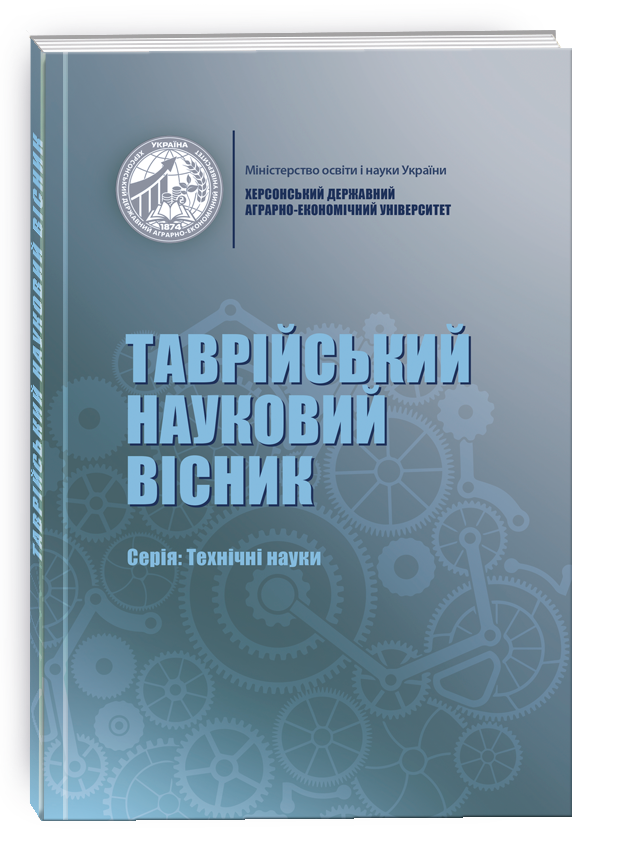DEVELOPMENT OF INFRASTRUCTURE FOR INTEGRATION OF ARTIFICIAL INTELLIGENCE INTO TELEMEDICINE SYSTEMS USING MICROSERVICE ARCHITECTURE
Keywords:
microservice architecture, artificial intelligence (ai), telemedicine, message broker, rabbitmq, fhir hl7, ai integration into medical systemsAbstract
This paper presents a microservice architecture for integrating artificial intelligence (AI) models into telemedicine systems, providing scalability, flexibility, and automation of AI model training and deployment. The proposed solution focuses on efficient service interaction through a Message Broker (RabbitMQ/Kafka), eliminating direct dependencies between microservices, improving reliability, and ensuring continuous processing of large volumes of medical data.The HL7 Conversion Service transforms AI predictions into the FHIR HL7 standard, ensuring seamless compatibility with clinical information systems. Additionally, the Model Training Service automates training, versioning, and updating AI models, significantly simplifying their integration and adaptation to new datasets.The designed architecture can be applied for real-time patient monitoring, medical image analysis, patient condition prediction, and personalized medicine. Its implementation reduces query processing time, enhances diagnostic accuracy, and improves treatment efficiency by analyzing vast amounts of medical data. The use of distributed services and automated AI training pipelines ensures system flexibility, allowing it to be easily scaled and adapted to growing data volumes and new research in the healthcare field. The main challenges include complex infrastructure setup, high computational resource requirements, and the need to comply with data security standards, such as HIPAA and GDPR.Thus, the proposed architecture represents an effective approach to deploying intelligent medical platforms, combining powerful machine learning algorithms with a highly reliable microservice structure, fostering the development of innovative healthcare solutions.
References
Timilehin, Oladoja. (2024). Continuous Health Monitoring with AI and Wearables: The Future of Preventive Medicine.
Walter, Holmes. (2024). Continuous Health Monitoring with AI and Wearables: The Future of Preventive Medicine., Calderón-Gómez et al., 2022
Petrenko, A., & Boloban, O. (2023). Generalized information with examples on the possibility of using a service-oriented approach and artificial intelligence technologies in the industry of e-Health. Technology Audit and Production Reserves, 4(2(72), 10–17. https://doi.org/10.15587/2706-5448.2023.285935
Boloban, O., Pysmennyi, I., Kyslyi, R., & Kyriusha, B. (2024). Development of a patient health monitoring system based on a service-oriented architecture using artificial intelligence. Technology Audit and Production Reserves, 3(2(77), 23–29. https://doi.org /10.15587/2706-5448.2024.306622
Ianculescu, Marilena. (2020). Microservices, a dynamic response for accelerating the assessment of patient-centric eHealth solutions.
Calderón-Gómez, Huriviades & Mendoza-Pitti, Luis & Vargas-Lombardo, Miguel & Gómez, José & Rodríguez-Puyol, Diego & Sencion-Martinez, Gloria & Polo-Luque, María-Luz. (2021). Evaluating Service-Oriented and Microservice Architecture Patterns to Deploy eHealth Applications in Cloud Computing Environment. Applied Sciences. 11. 4350. 10.3390/app11104350.
Mendes, D.; Jorge, D.; Pires, G.; Panda, R.; Antonio, R.; Dias, P.; Oliveira, L. VITASENIOR-MT: A distributed and scalable cloud-based telehealth solution. In Proceedings of the 2019 IEEE 5th World Forum on Internet of Things (WF-IoT), Limerick, Ireland, 15–18 April 2019; pp. 767–772, doi:10.1109/wf-iot.2019.8767184
Khalique, F.; Khan, S.A.; Nosheen, I. A Framework for Public Health Monitoring, Analytics and Research. IEEE Access 2019, 7, 101309–101326, doi:10.1109/ access.2019.2930730.
Owen, Antony. (2025). Microservices Architecture and API Management: A Comprehensive Study of Integration, Scalability, and Best Practices.
Purwanto, Alton & Darmanto, Darmanto & Trisno, Indra. (2024). Perancangan Protokol gRPC sebagai Komunikasi Data pada Arsitektur Microservices Aplikasi Manajemen Proyek. Jurnal Nasional Komputasi dan Teknologi Informasi (JNKTI). 7. 659-666. 10.32672/jnkti.v7i4.7697.
Niswar, Muhammad & Safruddin, Reza & Bustamin, Anugrayani & Aswad, Iqra. (2024). Performance evaluation of microservices communication with REST, GraphQL, and gRPC. International Journal of Electronics and Telecommunications. 429-436. 10.24425/ijet.2024.149562.
Kamau, Eunice & Mustapha, Sikirat & Babatunde, Gideon & Alabi, Abidemi & Pub, Anfo. (2025). Developing a Conceptual Model for Cross-Domain Microservices Using Event-Driven and Domain-Driven Design. International Journal of Multidisciplinary Research and Growth Evaluation. 04. 635-638.
(2024). SCALING MICROSERVICES ARCHITECTURES WITH CQRS AND EVENT-DRIVEN DESIGN.







